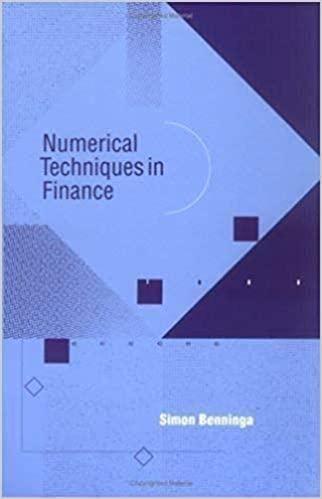Question
You have just been hired by Internal Business Machines Corporation (IBM) in their capital budgeting division. Your first assignment is to determine the free cash
You have just been hired by Internal Business Machines Corporation (IBM) in their capital budgeting division. Your first assignment is to determine the free cash flows and NPV of a proposed new type of tablet computer similar in size to an iPad but with the operating power of a high-end desktop system. Development of the new system will initially require an initial capital expenditure equal to 10% of IBM's Property, Plant, and Equipment (PPE) at the end of fiscal year 2014. The project will require an additional investment equal to 10% of the initial investment after the first year of the project, a 5% increase after the second year, and a 1% increase after the third, fourth, and fifth years. The product is expected to have a life of five years. First-year revenues for the product are expected to be 3% of IBM's total revenue for the fiscal year 2014. The new product's revenues are expected to grow at 15% for the second year then 10% for the third and 5% annually for the final two years of the expected life of the project. Your job is to determine the rest of the cash flows associated with this project. Your boss has indicated that the operating costs and net working capital requirements are similar to the rest of the company and that depreciation is straight-line for capital budgeting purposes. Since your boss hasnt been much help (welcome to the ``real world"!), here are some tips to guide your analysis: 1. Obtain IBM's financial statements. (If you really worked for IBM you would already have this data, but at least you won't get fired if your analysis is off target.) Down load the annual income statements, balance sheets, and cash flow statements for the last fiscal years from Yahoo! Finance (finance.yahoo.com). Enter IBM's ticker symbol and then go to ``financials." 2. You are now ready to estimate the Free Cash Flow for the new product. Compute the Free Cash Flow for each year using Eq. 8.5: Free Cash Flow=(Revenues-Costs-Depreciation) x(1-T) + Depreciation-Capital Expenditure-Change in Net Working Capital Set up the timeline and computation of free cash flow in separate, contiguous columns for each year of the project life. Be sure to make outflows negative and inflows positive. a. Assume that the project's profitability will be similar to IBM's existing projects in 2014 and estimate (revenues-costs) each year by using the 2014 EBITDA/Sales profit margin. Calculate EBITDA as EBIT + Depreciation expense from the cash flow statement. b. Determine the annual depreciation by assuming IBM depreciates these assets by straight-line method over a 5-year life. c. Determine IBM's tax rate by using the income tax rate in 2014. d. Calculate the net working capital required each year by assuming that the level of Net working capital will be a constant percentage of the project's sales. Use IBM's 2014 net working capital/sales to estimate the required percentage. (Use only accounts receivable, accounts payable, and inventory to measure working capital. other components of current assets and liabilities are harder to interpret and not necessarily reflective of the project's required net working capital- for example, IBM's cash holdings.) e. To determine the free cash flow, deduct the additional investment and the change in net working capital each year. 3. Use Excel to determine the NPV of the project with a 12% cost of capital. Also calculate the IRR of the project using Excel's IRR function. 4.Perform a sensitivity analysis by varying the project forecasts as follows: a. Suppose first year sales will equal 2%-4% of IBM's revenues. b. Suppose the cost of capital is 10%-15%. c. Suppose revenue growth is constant after the first year at a rate of 0%-10
Step by Step Solution
There are 3 Steps involved in it
Step: 1

Get Instant Access to Expert-Tailored Solutions
See step-by-step solutions with expert insights and AI powered tools for academic success
Step: 2

Step: 3

Ace Your Homework with AI
Get the answers you need in no time with our AI-driven, step-by-step assistance
Get Started


